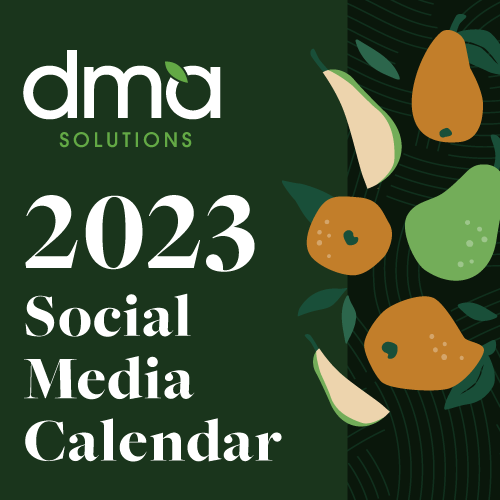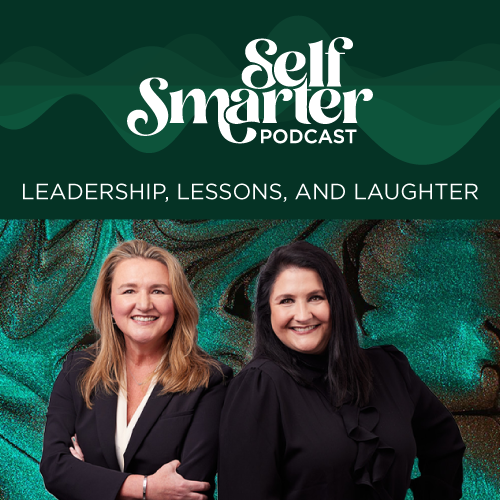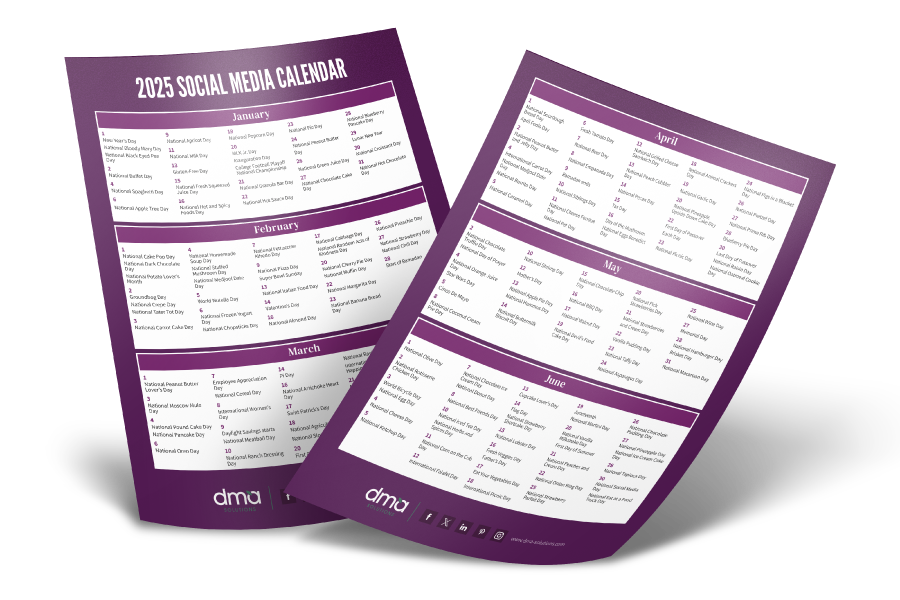How to Create Viral Content
Creating content that resonates and is shared can feel like a game of chance amidst the overwhelming competition for your audience’s attention. You’re likely tired from feeling as though you’re constantly trying new ideas and hoping for increased engagements. We’re here to alleviate some of that stress.
Just to put this out there, “going viral” is certainly not necessary in order to result in a successful marketing campaign, but it can be a fun goal to aim for in terms of exposure and social media traffic. Unfortunately, there is no foolproof method for ensuring your content will catch on like wildfire even with the best of strategies. We did some digging for you and came up with key takeaways to greatly increase your content engagement (and your chances of being the next recipe to go around “Foodtok“).
CHOOSE THE RIGHT KIND OF CONTENT
Knowing what type of content your audience prefers, and in their preferred format, is the first place to start. According to an infographic from DOPE Media, these are the top performers:

EMOTIONS MATTER—INCORPORATE THE PAD MODEL
If you remember your college psych class, the PAD Emotional State Model (pleasure, arousal, domination) is not new news. However, as all marketing is intricately tied to psychology, such concepts can be applied to social media today. Simply put, these emotions can be used interchangeably when it comes to social media consumption. Let’s dive a little deeper into how to achieve the right combinations of emotions to generate the desired audience response.
Pleasure
Pleasure is also referred to as valence, which simply means determining a message as positive or negative. While you may think that you would never want your content to evoke negative emotion, sometimes this can be an advantage. A study of the NYT list of most-emailed articles found that when works were classified by the emotions they inspired, anger was at the top of the most-read list, followed by awe and anxiety. The key is not necessarily whether a message is positive or negative, but rather if it translates to the right emotion within each sphere.
Arousal
Arousal is also independent of positive or negative emotions; rather, it focuses on the intensity and passion behind the feeling. Regardless of the type of emotion you are evoking, you want it to be strong. No one becomes an advocate for something they feel passive about. Content that generates excitement, awe, anxiety, amusement, or anger will drive greater decision-making and lead to action.
Let’s take a look at how this relates based on the diagram below.
In general, the top right (Quadrant 1) is the best place for your content to land—as positive and exciting as possible. The bottom left is a place you never want to take your audience, so be sure to steer clear from low-valence and low-arousal content.
Dominance
Finally, we must consider how dominance plays into this complex. Regardless of emotional state, people want to think that they are in control of their feelings. Fear and sadness are low-dominance emotions, while anger and admiration are high-dominance because they are more likely to generate an urge to vocalize opinions—which increases the chances that the audience will share or engage with the content. Sharing also feeds into a sense of control over the situation being addressed.
PUTTING IT ALL TOGETHER
Regardless of product, service, or message, the ads and marketing campaigns that perform the best have one thing in common: They create a relevant connection to the audience from the very first moment. Ensure that you have a strategy for what reaction the content should evoke upon immediate glance, what emotions are stirred while engaged, and what impression should be left to linger in order to drive the desired outcome.
THE BOTTOM LINE
When sharing information, convince the reader that they simply can’t go on without knowing it, or that it will change everything they thought they knew about some topic. When aiming to inspire emotion, fine-tune the message so that it strikes just the right chord—and at the right volume. Information is useful, and emotion is personal; combine the two, and you have created valuable content that just might go viral. 😉
Want help brainstorming ideas for content strategy? Reach out to our social media team! Contact us at info@dma-solutions.com and let’s discuss.

![The 2D valence-arousal emotion space [Russell 1980] (the position of... | Download Scientific Diagram](https://www.researchgate.net/profile/Yi-Hsuan-Yang/publication/254004106/figure/fig1/AS:298208942149638@1448109960909/The-2D-valence-arousal-emotion-space-Russell-1980-the-position-of-the-affective.png)












